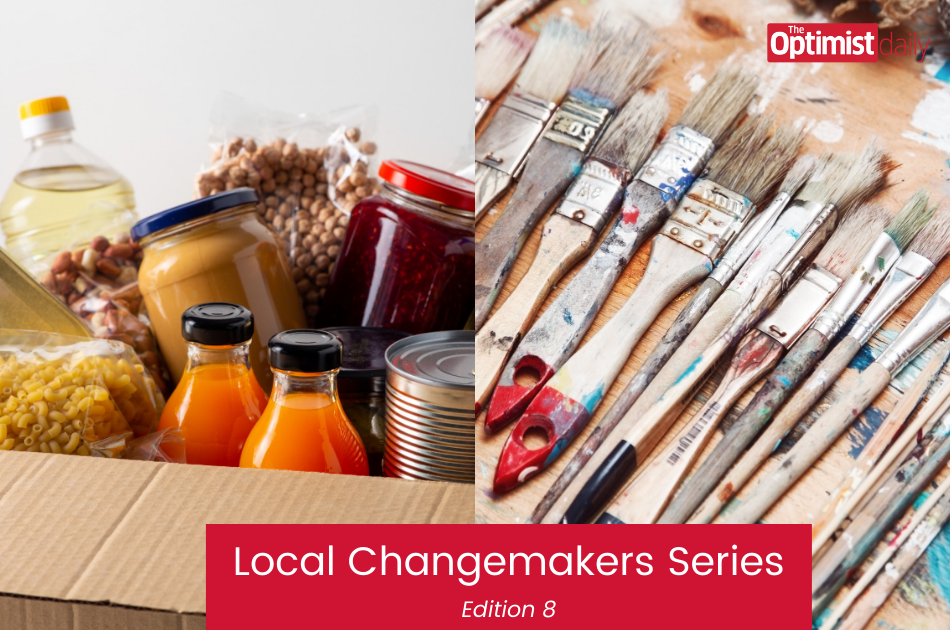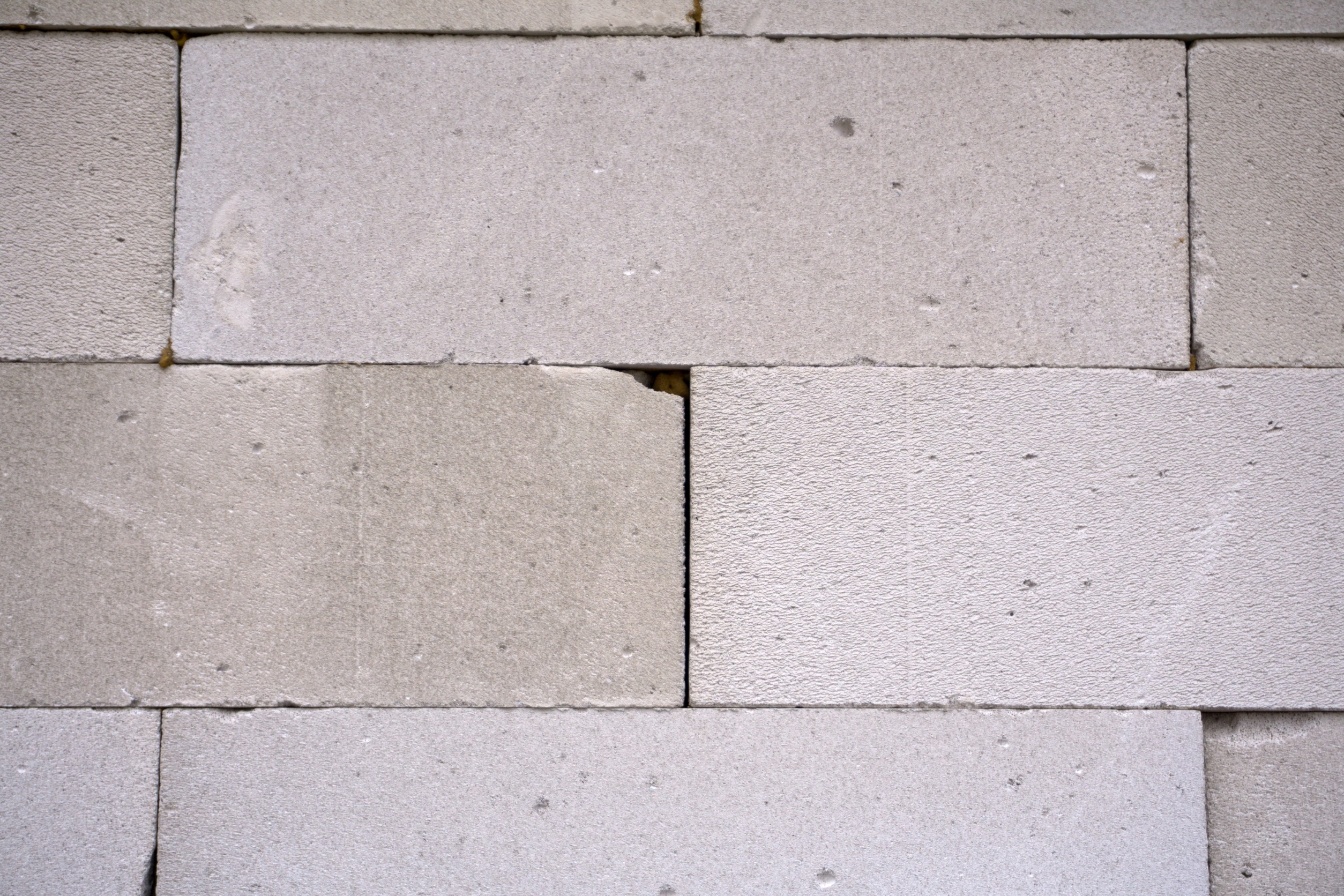The heart is arguably the hardest-working and most important organ in the body. Starting the moment it’s formed in the womb the heart has to keep working for the rest of our lives. What’s more daunting is that the heart can’t repair itself. Once a ventricle or aorta is damaged, the heart just has to keep chugging along with the handicap.
This may soon change. A Boston-University-led research team is trying to grow new cardiac tissue from scratch, making spare parts for damaged hearts.
New hearts, new solutions
Heart disease accounts for one in four deaths in the United States. This is a motivating factor for the team at CELL-MET, a National Science Foundation Engineering Research Center in Cellular Metamaterials led by BU, dedicated to developing treatments for heart disease.
“If you break your leg, your doctor will talk about fixing you up as good as new. If you have a heart attack, though, you’ll never hear those words, because right now there isn’t any way to fix that damage,” says David Bishop, a materials scientist at Boston University College of Engineering. “Our dream is to build a cure for heart attacks.”
One of the biggest challenges is creating tissue that the host body will accept. Whenever new tissue is grafted into a patient’s body, their immune system recognizes the foreign invader and attacks. This can kill the implant tissue and sometimes the host. To address this, the CELL-MET researchers will start with cells from the patient’s own skin. The patient’s immune system won’t attack its own cells, normally. They will then reprogram these cells into pluripotent stem cells which can become almost any other tissue cell in the body. They will then adapt the cells into cardiomyocytes, the heart’s muscle cells responsible for the pumping.
Another issue is creating the right structure for a heart to grow. Cardiac tissue can’t be too rigid while it’s growing. It needs to be flexible and pumpable, so finding the right structure to build on is tricky. For this, the team has taken to nanoscale 3D printing to create micron-sized frame scaffolding for the cardiomyocytes to grow in.
Progress across many fields
Even if the process is a long way off from human implants, it can still be used in drug testing. Various medications can have myriad effects on the body, especially the heart, and animal testing isn’t always accurate for predicting side effects. Using lab-grown heart tissue can streamline the process and provide more accurate findings for early-stage medications.
The field of cardiac research as a whole can benefit from lab-grown heart tissue too. Researchers of heart disease can closely examine sick tissue without risk to a patient. Additionally, the project has had a clustering benefit for multiple fields. This is a complicated process, requiring experts from 14 institutions in fields like chemistry, engineering, computer science, and more. This has resulted in a living heart chamber replica, tiny heart valves on a chip, new nanoscale 3D printing methods, among other advances, and changed education in STEM fields.
CELL-MET is reaching out to students, undergrads, and younger, to encourage them to think in cross-disciplinary terms. It is encouraging young minds to expand the application of their studies to other fields.
“I think a lot of our success comes from the fact that we’re doing transdisciplinary research. We’ve all stopped thinking about our individual fields, and started thinking about solving a common problem,” says Bishop.
Source Study: BU The Brink — The Quest for a Heart Attack Cure | The Brink | Boston University (bu.edu)












